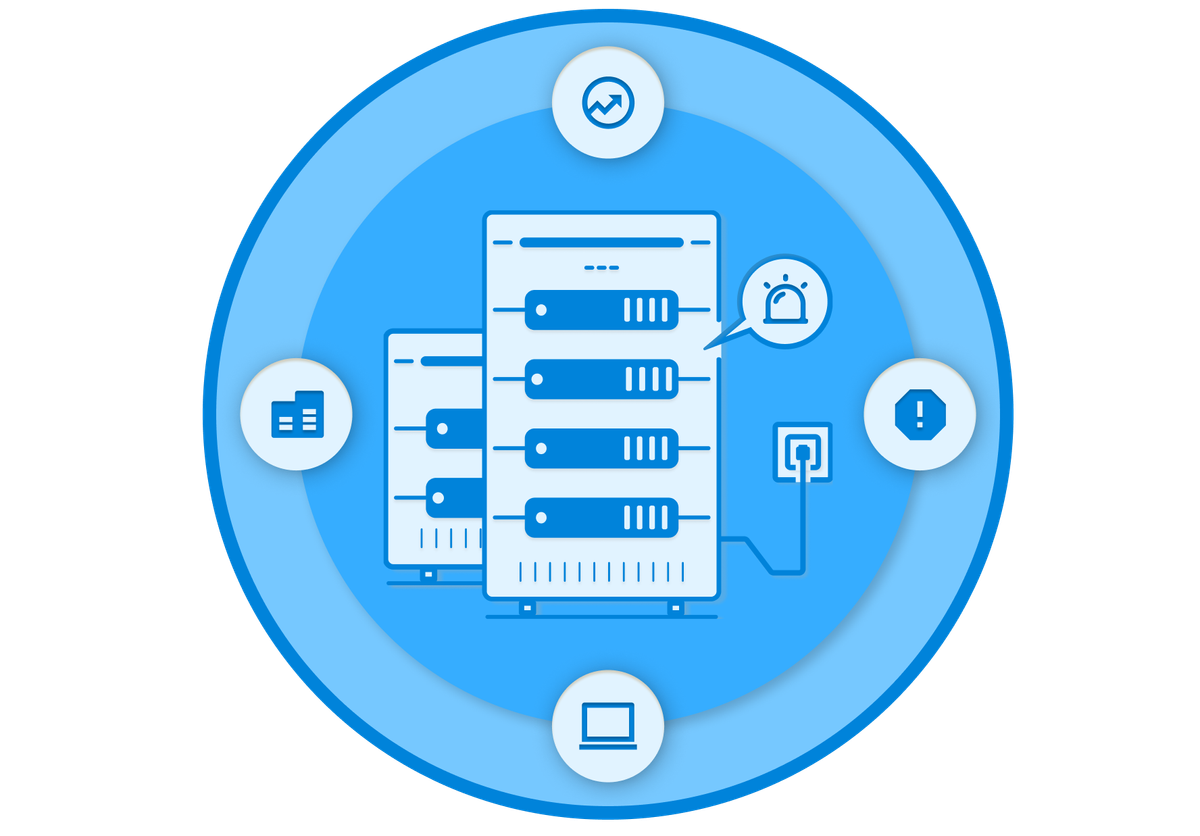MTTD and MTTR are two of the most important metrics in IT. The faster you can solve an issue, the better your customers will be served. But what if you could reduce MTTD and MTTR by 20%? 30%? Even 50% or more? We’re not just talking about reducing ticket times; we're talking about improving your customers' overall experience with your company. In this blog post, we'll walk through how AIOps can help to reduce MTTD and MTTR while also providing a shared view of all data sources across the stack so that teams can collaborate effectively on incidents and reduce downtime even further than ever before.
What is AIOps and why use it?
AIOps is the practice of analyzing the infrastructure and applications in a more holistic way. It is not a technology, but rather an approach to IT operations. You don't have to buy new tools or do anything differently from what you're doing today; instead, AIOps is an evolution of IT operations. It’s a revolutionary approach that goes beyond traditional monitoring and tuning. The latter are still important, of course, but AIOps incorporates automation and orchestration as critical components.
To put it simply: AIOps uses machine learning algorithms that analyze historical data to identify patterns within IT systems as they operate over time (and across multiple systems). This provides valuable information about how well various processes are performing so you can make informed decisions about improvements necessary for your company’s success.
AIOps, RCA, and Incident Management
RCA (Root Cause Analysis) is the first step in incident management. RCA helps you understand what happened, why it happened, and how to fix it.
If you’re already practicing Root Cause Analysis as part of your MTTR reduction strategy, great! If not, now is a good time to start. The goal here is not to replace your existing RCA process with AIOps or another tool; instead we’re looking at ways that AIOps can help enhance an existing RCA process using additional data sources.
How to solve incidents faster with a shared view of your data
The ability to work as one team and get a shared view of your data is crucial for reducing MTTD and MTTR. Here are some ways you can make that happen:
- Share data across teams. If a team needs to see only their own data, they should have access to it in the system where those records are created. If multiple teams need to share information from other systems, there should be a secure way for them to do so with minimal effort.
- Share data across systems. Incidents may require monitoring of more than one system at once, but switching between these systems can be laborious and time-consuming if done manually each time an action is needed on another system (for example: if you're troubleshooting an NOC ticket while working on an incident). Automating this process with integrations will help reduce MTTR by ensuring that everyone who needs access has immediate access when they need it—no matter where their focus resides during the incident resolution process.
The ability to ingest multiple data sources and correlate across the stack can help unlock the key to reduce MTTD and MTTR.
As mentioned above, AIOps is a key component for reducing MTTD and MTTR. When an organization adopts AI-driven automation and orchestration, it can provide multiple benefits including:
- The ability to ingest multiple data sources and correlate across the stack
- Uncovering critical relationships between systems that previously weren’t visible before
- Rapidly identifying root causes of incidents and other issues, which will help you proactively prevent them from happening in the future
While AIOps is still a relatively new concept, the research shows that it can be extremely effective in improving IT performance. We have seen many organizations realize great success with this approach and we would love to see you join them!

